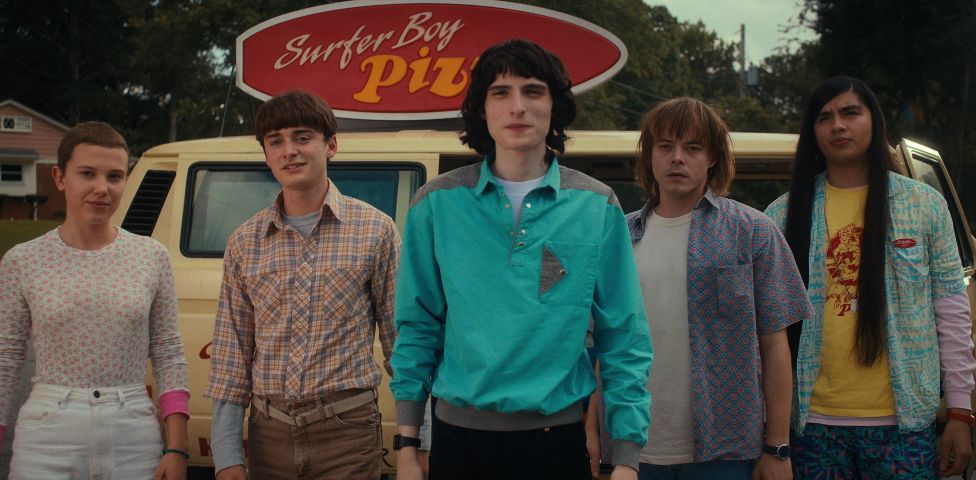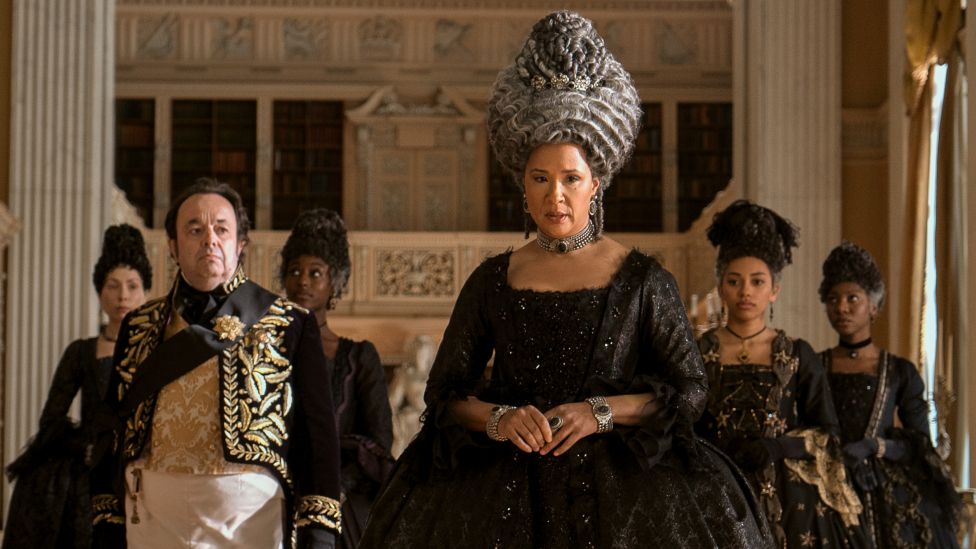

It gave the TV industry a glimpse of which shows performed best with subscribers – previously, Netflix had been criticised for being too secretive, often not even telling the people who produced a show how well-watched it was.
“We believe the viewing information in this report… will give creators and our industry deeper insights into our audiences, and what resonates with them,” the company said as it released the data on Wednesday.
But the report left a few key unanswered questions.
Netflix ranks its viewing data is by the total number of hours viewed – and FBI thriller The Night Agent came out on top, with 812 million hours viewed.
It’s a reasonable metric, but one that favours certain shows, and comes with several caveats.

The first thing to note about the numbers reported this week is that the figures only cover January to June 2023.
That partly explains why some shows that people most associate with Netflix – such as The Crown and Stranger Things – aren’t even in the top 50. Neither released new episodes during that period.
Instead, series that were released within those six months made the top 20, such as You, Ginny & Georgia, Beef and Love Is Blind.
However, the other reason why some of the streamer’s best-known shows don’t rank more highly is that Netflix has divided them up by season.
For example, The Crown’s most-viewed series in the first half of this year was season five, which was watched for 76 million hours – making it the 153rd most watched.
But if you add the first four seasons, that figure rises to a total of 214 million hours – which would have given it a considerably higher placing on the list.
Similarly, Stranger Things’ cumulative total of 347 million hours would make the show rank more highly as a whole than the 61st placing it got for season four’s 133 million hours.

Some shows that performed well are lesser known in the UK – Spanish-language La Reina del Sur and South Korea’s The Glory will have notched up many of their viewing hours internationally.
A closer look at the TV shows’ total hours reveals another issue with the numbers.
Netflix says subscribers spent a whopping 812 million hours watching The Night Agent, which topped the rankings overall.
Divide that by the number of episodes, 10, and you get an average of 81.2 million hours viewed per episode.
However, the average episode length of the Night Agent was 49 minutes, not an hour. So, with a bit of rough maths on our iPhone calculator, that means the average number of households that watched is closer to 99 million.

With all of this talk about TV series, you may have already realised that films are at a considerable disadvantage in the rankings.
A show with numerous episodes has a clear advantage over an individual film.
As a result, the highest-ranking film on the list, The Mother starring Jennifer Lopez, could only reach 14th place with nearly 250 million hours.
That is extremely healthy for a movie – but its two-hour run time naturally cannot compete on the same playing field as The Night Agent, which totalled more than eight hours.
The fact that film and TV durations vary so wildly makes the streamer’s decision to list its viewing by hours more complicated – because it doesn’t tell us how many people watched a particular show.
For example, the second-highest ranking film in the first half of this year was Luther: The Fallen Sun, starring Idris Elba, which was watched for more than 209 million hours.

As Luther’s run time is a little over two hours, you could in theory cut that number in half to get a rough estimate of the number of households that clicked play – about 100 million.
But even that figure comes with its own small print, because this calculation only works if we assume everybody who watched the film got to the end.
While some people will have watched the movie in full, others might have given up after 10 minutes. Equally, at the other end of the scale, people who enjoyed it might have watched it more than once.
Therefore, it’s almost impossible to reliably estimate the actual audience in the way we do with terrestrial TV programmes.
These numbers are fascinating and give us a good indication of which TV series and films are engaging audiences the most.
But without further breakdowns such as audience completion rates, they only tell part of the story. – bbc.com